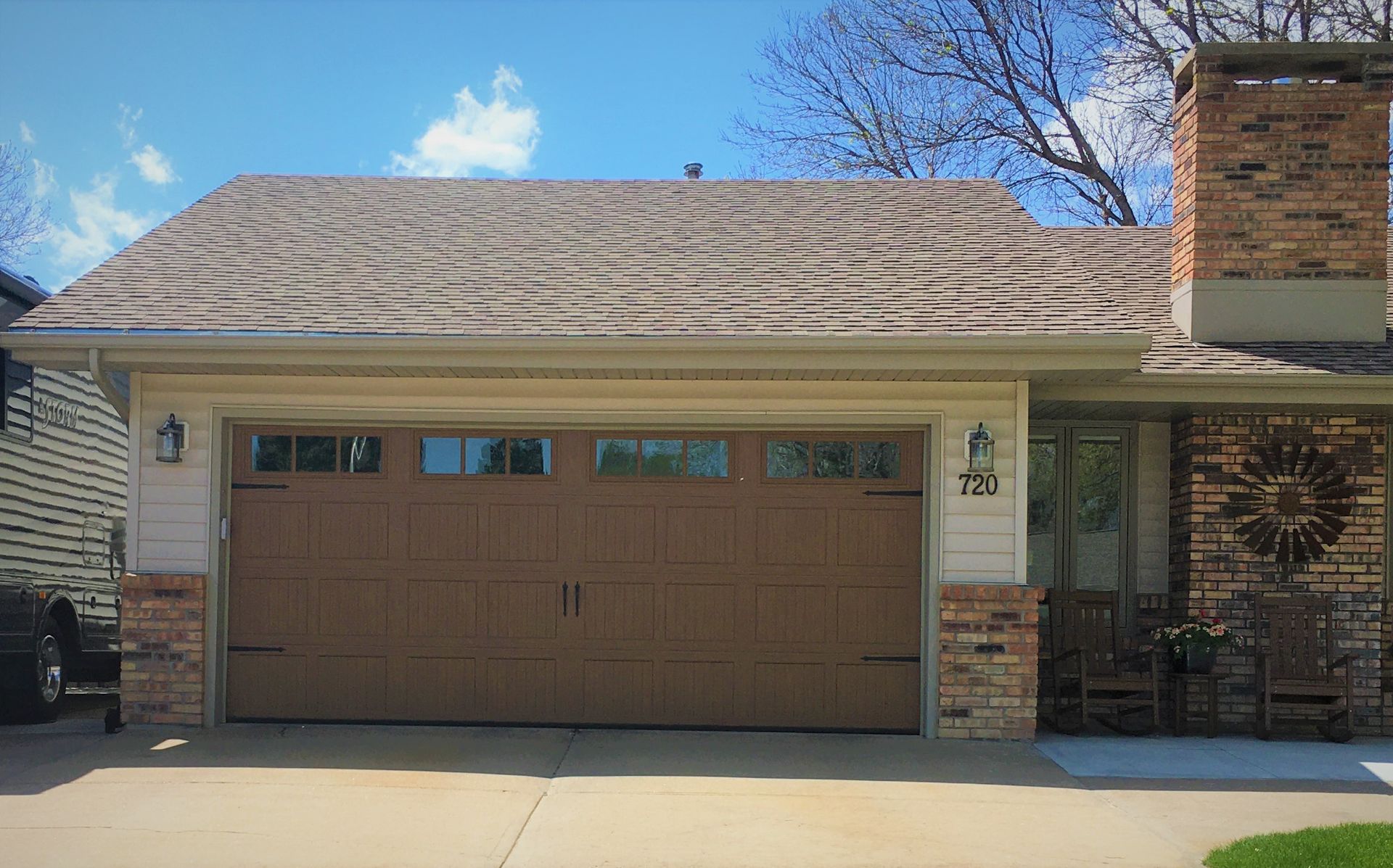Debating between a flat or sloped roof? Both options have their advantages, but the best choice depends on your needs, budget, and building design. Here’s an overview to help guide your choice.
Flat vs. Sloped Roofs: A Comparison
Advantages and Disadvantages of Flat Roofs
- Pros: Cost-effective, easy to construct, and great for additional space like HVAC units or rooftop gardens.
- Drawbacks: Flat roofs require frequent upkeep to prevent water from pooling and can develop leaks if not properly maintained.
Advantages and Disadvantages of Sloped Roofs
- Advantages: Excellent water drainage, durable, and aesthetically pleasing.
- Drawbacks: Sloped roofs involve higher initial costs and require more intricate construction techniques.
Debunking Myths About Flat Roofs
Contrary to popular belief, flat roofs aren’t truly flat. They have a subtle slope for water drainage. Flat roofs can be just as durable as sloped ones with the right materials and maintenance.
Important Factors to Consider When Choosing a Roof Type
When deciding between a flat or sloped roof, keep these factors in mind:
- Financial Considerations: Flat roofs tend to be cheaper upfront, but sloped roofs may offer more savings over time due to their longevity and lower maintenance needs.
- Materials: Flat roofs often rely on materials like EPDM or TPO, while sloped roofs commonly use asphalt shingles, tiles, or metal.
- Building Design: When choosing between flat or sloped roofs, think about the architecture of your building, the local climate, and its intended purpose. Flat roofs are great for modern designs, while sloped roofs work well in areas prone to heavy rainfall or snow.
How Weathercraft Can Help You Choose the Right Roof
Weathercraft offers expert roofing solutions for both flat and sloped roofs. We work closely with you to recommend the best options based on your design preferences, budget, and local climate. We ensure top-notch materials and craftsmanship for every project.
